40 F. high in the metro Sunday (we missed the 1990 record by only 3 degrees).
23 F. average high in the Twin Cities.
16 F. high a year ago, on January 15, 2011.
+11 F. temperature departure in January. So far the metro area is running 11 degrees warmer than average.
5 F. coldest low temperature so far this winter at MSP (December 9 and January 14)
-4 F. low predicted for Thursday morning, possibly the first subzero of winter for MSP (if so, it would set a record for the latest subzero in modern-day records. Old record for first subzero low is January 18, 2002).
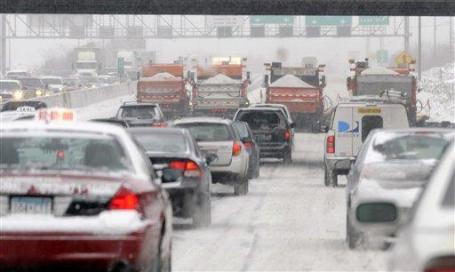 .9"
.9": snowfall so far in January in the cities (11.2" for the winter season, to date).
1-2" new snow possible in the Twin Cities late Monday night and Tuesday morning. With temperatures near 10 F. black ice is a real possibility - morning rush hour Tuesday may be a mess.
6-12" snow possible in Seattle by midweek. Yes, life is inherently unfair. Get over it.
7: number of careers the average American worker has during their lifetime.
"
Lasting companies know how to re-invent themselves. I think the same might even be said for individuals." - from a blog post about creativity and reinvention below.
"An experience strategy is that collection of activities that an organization chooses to undertake to deliver a series of (positive, exceptional) interactions which, when taken together, constitute an (product or service) offering that is superior in some meaningful, hard-to-replicate way; that is unique, distinct & distinguishable from that available from a competitor." - from a blog post below on "experience strategies" for business.
"
He said that it's not enough to have a passion — you have to have a work ethic," she says. "That's been the most life-changing advice that I got, because I had a passion for writing — and I know a lot of other people do, too — but it's not enough to just want something. You have to be able to work for it, too, and put in the hours and the time" - from an NPR article below on self-publishing phenomenon Amanda Hocking, from Austin, MN.
"
Family: a social unit where the father is concerned with parking space, the children with outer space,and the mother with closet space." - Evan Esar
NAEFS - NOAA NAEFS - Environment Canada
Warm End To January - North American Ensemble Forecast System (NAEFS). Based on multiple weather models, temperatures from January 22-29 (above) will trend well above average across much of North America. We are stuck in a (relatively mild/dry) atmospheric rut that just does not want to quiet. Map upper left is from NOAA, upper right is from Environment Canada.
The Snowy Twin Cities (of Seattle and Tacoma). 2.2" of snow yesterday, and more is on the way. In fact the latest NAM model is hinting at 6-12" of snow for the Seattle area by midweek. Yes, Seattle is getting "our snow".
More Snow In Seattle Than The Twin Cities? That's just...wrong. More details: "
Cars and a bus sit stuck on a hill on 24th Ave. E. during a snowstorm in Seattle, Sunday, Jan. 15, 2012. Several inches of snow fell quickly Sunday morning, snarling traffic and clogging roadways. (AP Photo/Ted S. Warren)."
NOAA Using Extra Measures To Decipher Potential Tuesday Snowstorm. KOMOnews.com's (
Partly to Mostly Bloggin' link) in Seattle has more details on what may turn into the biggest snowstorm in recent memory for the Seattle area: "
NOAA is going to take some extra measures to get a better idea of how a potential snow storm for Western Washington on Tuesday night might play out. Forecasters have been having difficulty getting a good idea of how the storm will develop because of large inconsistencies in our forecast models. A small difference in storm's track and speed can be the difference between just a few inches of snow and several inches of snow in many spots. So NOAA is sending a plane out over the Pacific Ocean to drop some weather instruments where the storm is developing in an effort to get some better weather data -- much like what they do to get better data on hurricanes when they threaten in the Atlantic Ocean and Gulf of Mexico."
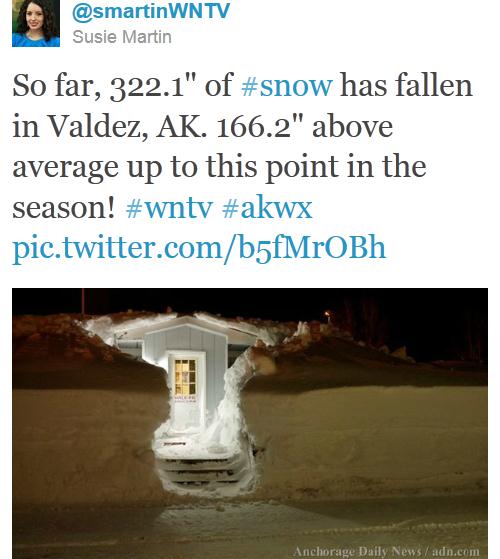 Snowpocalypse
Snowpocalypse photo courtesy of the Anchorage Daily News. Remember when it used to snow like this in the cities? I don't either.
Meanwhile - Tough Times For America's Ski Resorts. There are exceptions: the northern Great Lakes and northern New England have enough snow for skiing and snowboarding. But much of America is still brown: "
Skiers ride a lift near hills with very little snow at the Canyons Ski Resort in Park City, Utah, Saturday, Jan. 14, 2012. A mild winter has left many ski resorts thirsty for snow and some have not opened all of the their terrain. (AP Photo/Jim Urquhart)."
Dribs And Drabs of Snow. The GFS model is showing meager snowfall amounts over most of the Upper Midwest through Thursday, maybe an inch or two for central and southern Minnesota. Significant lake-effect snow bands may dump 4-8" downwind of the Great Lakes; more than a foot of much-needed snow from Jackson Hole to Vail, Colorado.
Cosmetic Snowfall For KMSP. The approach of arctic air may set off a quick inch or two of (dry/powdery) snow late Monday night into Tuesday morning, another coating possible Wednesday and Friday - just enough to cover up the grit and the brown.
Status Quo: Storms Detour South/West. NOAA's QPF precipitation forecast shows some 8"+ rainfall amounts from northern California into the Portland, Oregon area. Over 1" of (mostly rain) is predicted from New Orleans to Cleveland.
January 31 Winds Aloft: Still Tracking An Abnormally Strong (and persisten) Westerly Component. 500mb (18,000 foot) winds forecast for January 31 show a northwest wind flow for Minnesota, capable of another quick cool-down as we sail into February. But it's still predominately a Pacific flow vs. a Yukon breeze, meaning temperatures trending above average the last week of January. No extended bouts of bone-chilling, subzero air are in sight looking out 2 weeks or so.
In Search Of Arctic Air. Here is the latest GFS extended out look for the last week of January; 850 mb (3,500 foot) temperatures ranging from -13 C to +3 C. That implies highs mostly in the 30s. Pipe-rupturing, battery-draining air? I just don't see it.
Dueling Teleconnections. We have some disagreements among the long-term indices that signal cold vs. mild. The AO goes negative after January 19, hinting at weaker westerly winds and a return to much colder weather, while the NAO (North Atlantic Oscillation) now stays positive - suggesting a continuation of milder than average, with a Pacific wind overwhelming the pattern over North America. I tend to believe the NAO, which is trending warmer with each model run; the most bitter air remaining bottled up over central/northern Canada. More from NOAA CPC
here.
Between The Devil And The Deep Blue Sea: Why NOAA Shouldn't Be Moved To The Dept. Of Interior. Here's an Op-Ed from the
NRDC, the National Resources Defense Council: "
There may be no subject that sounds more arcane, dreary and trivial than governmental reorganization. “Just rearranging the deck chairs on the Titanic” is one popular line of dismissal. But in reality, how the government is organized can have enormous, tangible effects...
So what would be so bad about moving NOAA into Interior? Well, it’s a lot like the EPA/DOE example. NOAA brings an independent perspective to key issues that is likely to be muted or lost in Interior. NOAA is primarily a scientific and environmental organization. Interior, historically, is primarily an agency focused on extracting raw materials, and that’s even truer when it comes to its water and oceans portfolios."
Satellites: Young And Old. Here's a story from NASA's
Earth Observatory: "
This photograph taken from Houston, Texas, juxtaposes Earth’s oldest satellite with one of its youngest. The Moon is thought to have been formed by the impact of a large body (perhaps Mars-sized) with the early Earth approximately 4.6 billion years ago. In contrast, the first components of the International Space Station (ISS) assumed orbit around the Earth in 1998, with assembly completed 13 years later—a significant period of time to us, but the merest fraction of a second in the history of the Moon. While the ISS appears to be fairly close to the Moon’s surface in the image, it’s a trick of perspective."
Airline Delays Down - Passenger Complaints Up In November. One (big) silver lining to the relatively dry, mild weather across most of the USA this winter - fewer delays and weather-related cancellations.
USA Today reports: "
Airlines had fewer flight delays and cancellations in November, yet passengers continued to complain to the government about service, the Transportation Department reported Thursday. Just two airplanes sat on the tarmac for longer than the government allows. That's a significant decrease from the 18 flights that were stranded on tarmacs in October, when an unusual fall snowstorm pummeled the East Coast."
Taking Stock Of The 2011 Flood. An update on last year's historic North Dakota flooding from the
Bismarck Tribune: "
There are many rumors circulating in regard to the historic flood that we experienced in the summer of 2011. This letter is submitted to provide property owners and public officials with data to make informed judgments regarding future actions that are so important to preventing the reoccurrence of this event. First: We accept the local flood stage of the river to be 16 feet. Second: We accept that the current capacity of the river at flood stage (16 feet) is 85,000 cubic feet per second. This value is based on records obtained from the North Dakota State Water Commission. These numbers enabled me to flood-route the actual flows in the Missouri River during the 2011 flood period. It showed that had releases on April 1 been increased to 85,000 cfs, and having had the Garrison reservoir drawn down to 1,931.37, there would not have been a flood for those who are protected to river stage 16 feet." Photo credit
here.
What Is That Bright Orange Line? Neatorama.com has the rather surprising answer: "
That, Neatoramanauts, is the 2,065 miles-long border fence between India and Pakistan: A striking feature is the line of lights, with a distinctly orange hue, snaking across the center of the image. It appears to be more continuous and brighter than most highways in the view. This is the fenced and floodlit border zone between India and Pakistan. The fence is designed to discourage smuggling and arms trafficking. A similar fenced zone separates India’s eastern border from Bangladesh (not visible)." Photo courtesy of Neatorama and the ISS, the International Space Station.
How NPR Killed The Radio Star. The story from
MIT Technology Review: "
NPR's mobile app isn't just good, it's a joy to use. In a world where most content is strangled by some executive's desire to put advertisements or paywalls between you and accessing your content whenever and however you want it, NPR's alternate funding model and embrace of the web mean that their app lets me get the shows I want when I want them, in their entirety, even if they're currently playing on my radio and technically I'm kind of cheating my local NPR affiliate by skipping around in the online versions of the network's national shows. Now NPR has revealed a new partnership with Ford, which allows voice-activated control of their app through Ford's Sync system, which is part of Ford's overall "digital car" strategy, which has been covered in-depth on TR."
What Is An Experience Strategy? I stumbled upon this (excellent) thought-provoking
blog post from johnnyholland.com. Here's an excerpt: "
Delivering products or services, or hybrid systems of both, is a complex undertaking that involves many people executing many tasks and activities. Some of these activities are really obvious: the sales staff in your retail store; the product engineer; the call-centre staff. And some are not so obvious: like the person responsible for driving the forklift in the warehouse to move spare parts to where they’re needed; or the person responsible for the servicing of the forklift. Some activities have a much more direct impact on the end customer, but all contribute to that customer’s perception of us and our products. And if a change to an activity is required in order to deliver on your new experience, then that should be mentioned in your strategy."
5 Reasons Companies Fail At Business Model Innovation. If you're not constantly trying to reinvent yourself as a business you'll probably wind up being roadkill, right? Here's an interesting perspective from "
It's Saul Connected": "
Here, I think, are five important reasons that companies fail at business model innovation:
CEOs don’t really want a new business model.
The most obvious reason companies fail at business model innovation is because CEOs and their senior leadership teams don’t want to explore new business models. They are content with the current one and want everyone in the organization focused on how to improve its performance. The clearest indication that a company and its leaders aren’t interested in business model innovation is when any discussion about emerging business models and disruptive technology is viewed and treated solely as a competitive threat.
Product is king. Nothing else matters.
The lines are blurring between product and service. Business models that are exclusively focused on products are vulnerable to being disrupted by models that blend both product and service to significantly change the value proposition."
Lasting Companies Know How To Reinvent Themselves. Here's a terrific post from a blog called "
creativity_unbound" which followed up on Walter Isaacson's biography of Steve Jobs: "
But one of my favorite lessons doesn’t come from Steve. It’s attributed to Mike Markkula. Upon his official return to Apple in 1997, Jobs fired Markkula from the board and then asked Mike to join him on one of his long walks. Jobs told the former chairman that his goal was to build a company that would endure. He asked Markkula’s advice. Markkula shared this.
“Lasting companies know how to re-invent themselves. Hewlett-Packard had done that repeatedly; it started as an instrument company, then a computer company. Apple has been sideline by Microsoft in the PC business. (by then Apple’s market share had plummeted from 16 percent to four percent). You’ve got to reinvent the company to do some other thing, like consumer products or devices. You’ve got to be like a butterfly and have a metamorphosis."
Discovery Could Lead To An "Exercise Pill". Hallelujah!! - my prayers have been answer, well almost. Pop a pill with my morning coffee and I can gorge on all the donuts I want - no consequences? Doubtful.
MIT Technology Review has the tantalizing details: "
Researchers have discovered a natural hormone that acts like exercise on muscle tissue—burning calories, improving insulin processing, and perhaps boosting strength. The scientists hope it could eventually be used as a treatment for obesity, diabetes, and, potentially, neuromuscular diseases like muscular dystrophy. In a paper published online today by the journal Nature, the scientists, led by Bruce Spiegelman at the Dana-Farber Cancer Institute in Boston, showed that the hormone occurs naturally in both mice and humans. It pushes cells to transform from white fat—globules that serve as reservoirs for excess calories—into brown fat, which generates heat."
"
Giving up doesn't always mean you are weak. Sometimes it means that you are strong enough to let go." - author unknown.
A Self-Published (Minnesota) Author's $2 Million Cinderella Story. A local Minnesota gal (with no formal literary training) had joined a very elite rank of published authors;
NPR has here story here: "
Best-selling e-author Amanda Hocking grew up in the small town of Austin, Minn., which, she says, is known for Spam — as in the food, not the email kind. "We invented Spam," the 27-year-old novelist tells weekends on All Things Considered host Guy Raz. Hocking's dad was a truck driver. Her mom was a waitress. Even as a very young child, she was kind of a natural storyteller — especially when it came to fantasy stories — stories about dragons, unicorns, pirates and more."
The Power Of Being Vulnerable. Hey, it's a slow day - I can (hopefully) get away with including a few more web sites that made me slow down and actually think, not just react. Thinking is good, right? Here's an excerpt from
Six Pixels of Separation - The Blog: "
The heart and soul of great art is the ability for the artist to be vulnerable. Be it performing a song for the first time or walking into a massive business meeting with a big idea, the only way that great ideas take form is when the person (or people) who are creating it are willing to be vulnerable. Think about it this way: the majority of website content that we see, basically sucks. OK, maybe that's being harsh, some of it is ok to passable, but most of it is void of all spirit and heart. It is jargon-filled buzzwords that percolate from the page because it has been sanitized through iterations and different people. Through these revisions, the heart and soul are either lost (or were never there to begin with because the company wants to use big, masculine and powerful words)."
"You Have To Embrace The Suck." Yes, Paul is off on a tangent today, but I'm trying to expand my normal range of reading and authors, opening up to some new ideas and concepts. Here's an interesting quote on the utter futility of goal-setting by Leo Babauta, founder of
Zenhabits, in an interview at the eye-opening blog, "
In Over Your Head" (rated PG for salty language at times), but fascinating nonetheless: "
As I looked deeper into what’s necessary and what’s not, I started to question the need for goals — are they really essential? What would happen if you gave them up? Are they really the driving force behind what we accomplish? I’ve found that they are unnecessary — without goals, you’ll still work on things you’re passionate about, and do fun fitness activities and other things that excite you. Goals take credit for our accomplishments, but our passion and interest is what really make things happen. Goals also add a lot of administration — goal setting, tracking, making sure you’re sticking to the goal, finding next actions, etc. Goals stress us out — if we’re not on track or don’t reach them, are we failures? Goals also fix us on a certain path, when in truth there are many possible paths and staying on one predetermined path with a fixed destination is an artificial limitation that’s completely unnecessary and unnatural."
Oops! A Forecast For "Sunday's Chargers-Lions Playoff Game"?? Deadspin.com has the remarkable story and video. "
What happened to producers and editors (and fact-checkers?) "Consider how many people are involved in the production of a simple weather forecast on CNN. You have the meteorologist, for sure, but you also have the producer who loads the "wx" into the script/rundown, and the graphics techs who run the system that creates what you see on your screen. Not a single one of those people were was able to spot such a ridiculous error as thinking that a Chargers-Lions playoff game could even exist that was not the Super Bowl, or that the Chargers did not even make the playoffs and the Lions were knocked out last week. It's all so brain-stakingly stupid, and yet there it was, at 7:11 this morning Eastern Time, on CNN. How does this happen?"
“If you hire people who are smaller than you are, we shall become a company of dwarfs. If you hire people who are bigger than you are, we shall become a company of giants. Hire big people, people who are better than you,” Ogilvy demanded. “Pay them more than yourself if necessary.” - David Ogilvy, advertising legend, from a post at
Strategy + Business.
Super Sunday. 17 degrees above average? The Twin Cities missed an all-time record by only 3 degrees. Highs ranged from 35 at Eau Claire to 38 at St. Cloud to 40 in the Twin Cities and 45 at Redwood Falls. Another early taste of March.
Paul's Conservation Minnesota Outlook for the Twin Cities and all of Minnesota:
TODAY: Mostly cloudy, turning breezy and colder. Winds: NW 10-20. High: 23 (falling during the day).
MONDAY NIGHT: Patchy clouds, bitter again. Low: 7
TUESDAY: 1-2" powdery snow possible - roads may be icy. Light snow tapers. High: 10
WEDNESDAY: Numbing, more flurries, another coating. Low: 2. High: 13
THURSDAY: First subzero low of winter? More sun, feels like January again. Low: -4. High: 14
FRIDAY: Light snow, 1-2" possible. Low: 9. High: 24
SATURDAY: Intervals of sun, welcome thaw. Low: 12. High: 35
SUNDAY: Some sun, March-like temperatures return. Low: 23. High: 41
Meaning Of Winter?
"When you look at your life the greatest happinesses are family happinesses" said Joyce Brothers. Last Friday Kerri Miller, host of "Midmorning" asked her radio audience what winter meant to them. I gave a rambling, inane answer about "winter being the mother of invention", bitter cold forcing us to be ingenious to survive, etc. A far better answer came from listeners. "Winter is a time to slow down, relax, reflect; more time for conversation and bonding with family members." I like that, and suspect it's true. Disconnect. Read a book, argue about politics (or the weather), finish a puzzle. Wintertime is family-time.
Welcome to what I suspect will be the coldest week of winter, a winter that has been amazingly tame. A winter that has yet to see a subzero low in the metro. And I'm not convinced we'll see zero in the Twin Cities by midweek. It's conceivable we could go through January with no subzero lows. Only January 1990 and 2006 were subzero-free at KMSP.
We cool off today; highs from 9-15 F. Tuesday thru Thursday, rebounding into the 30s and 40s next weekend.
Snow? 1-2 inches Tuesday, a couple inches Friday. The last 10 days of January may feel like early March. Wow.
Climate Stories....
How Likely Is A Runaway Greenhouse Effect On Earth? MIT Technology Review has the story: "
Sometime in the last few billion years, disaster struck one of Earth's nearest neighbours. Planetary geologists think there is good evidence that Venus was the victim of a runaway greenhouse effect which turned the planet into the boiling hell we see today. A similar catastrophe is almost certain to strike Earth in about 2 billion years, as the Sun increases in luminosity. But that raises an important question: is it possible that we could trigger a runaway greenhouse effect ourselves by adding carbon dioxide to the atmosphere?"
 "Simple Measures" Curb Climate Change
"Simple Measures" Curb Climate Change.
PressTV has the details: "
Led by Drew Shindell of NASA's Goddard Institute for Space Studies (GISS) in New York City, the study provided clues to help health improvement and boost agricultural production. Scientists say cutting down CO2 emissions and controlling methane gas and soot, also known as black carbon, can diminish the speed of global warming, increase global crop yields by up to 135 million metric tons per season and prevent hundreds of thousands of premature deaths each year. While all regions of the world would benefit, many countries in Asia and the Middle East could have the largest portion of health and agricultural gains from emissions reductions. "
Marc Morano Abets E-Mailed Threats Of Violence. The deniers are resorting to increasingly desperate techniques, like publishing personal information (including e-mails) of leading climate scientists, which resulted in death threats for Dr. Kerry Emanuel and his wife.
Scholars and Rogues has the story: "
Marc Morano, former environmental communications director to Senator Jim Inhofe and the Republicans on the Senate Environment and Public Works committee, recently published on his Climate Depot website the email address of conservative MIT climate scientist and hurricane expert Kerry Emanuel. As a result, Emanuel was deluged with hate mail that not only threatened his life but also threatened his wife. (MotherJones has the full story.) Other climate scientists and their family members have been threatened with torture, rape, and murder in the past, so it’s likely that similar threats were involved here."

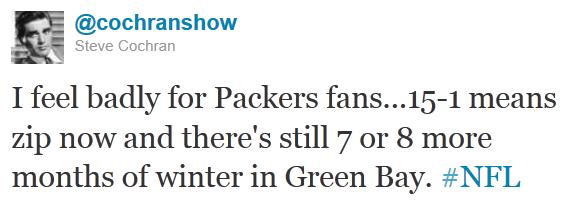




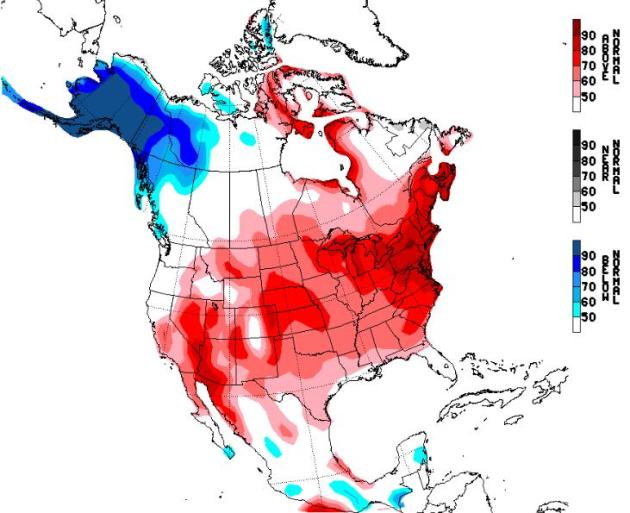

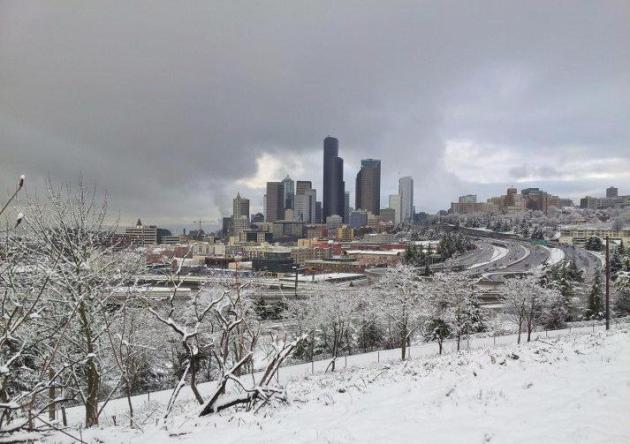
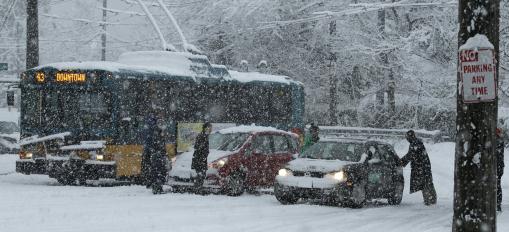
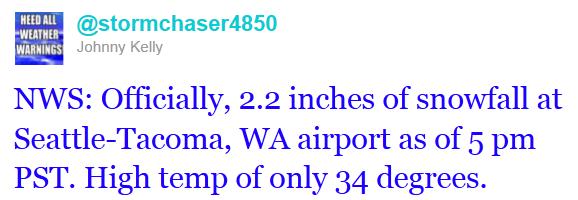
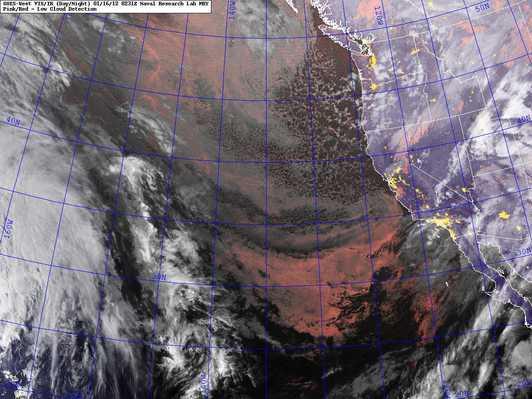

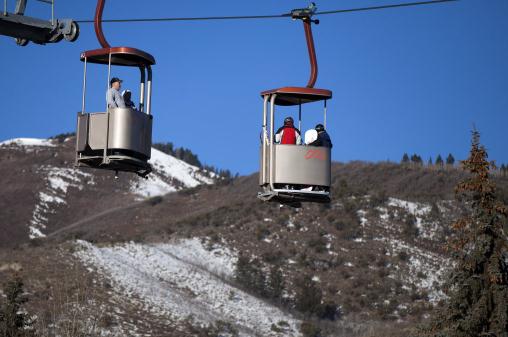
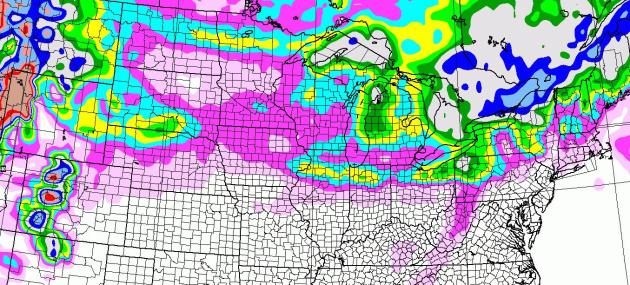
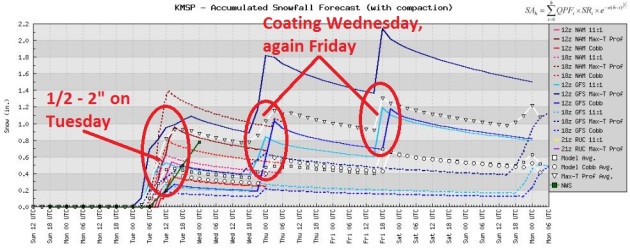

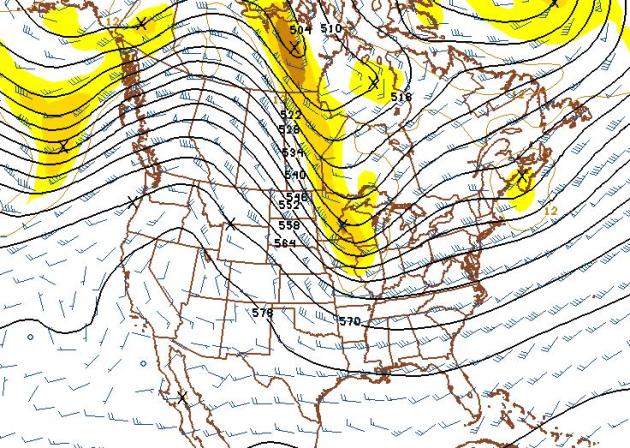
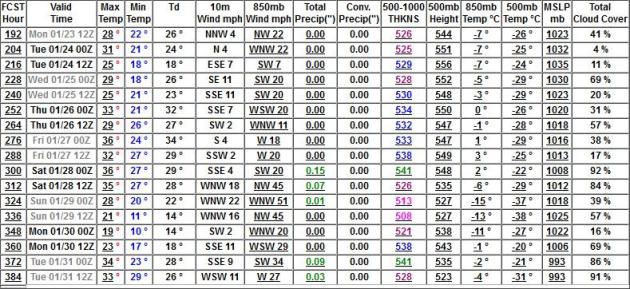

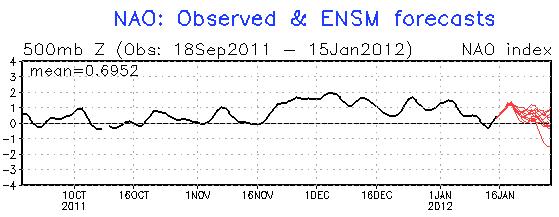

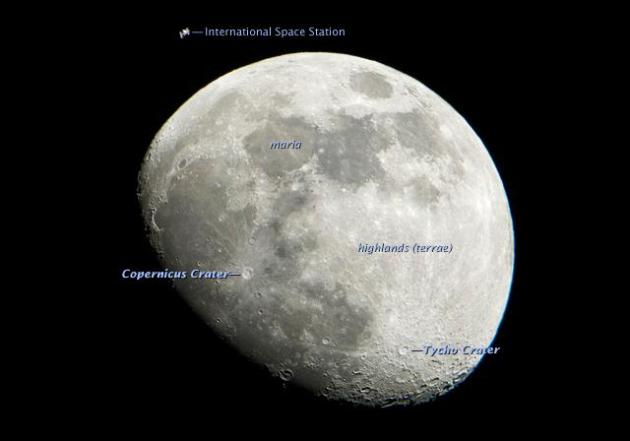

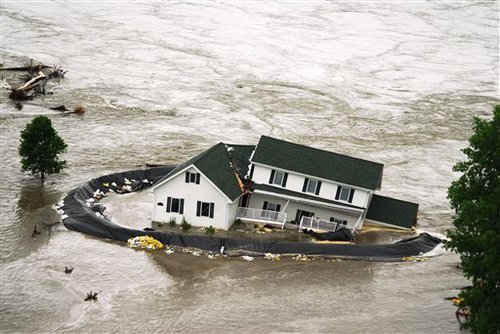




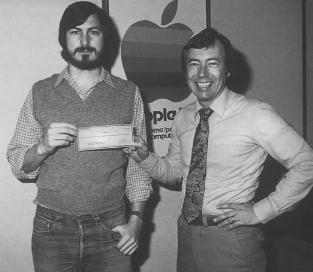




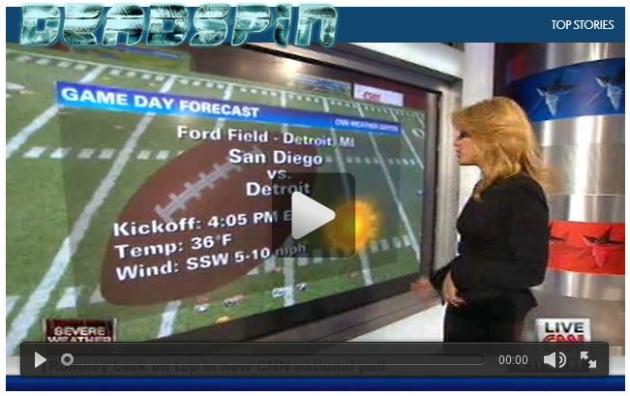
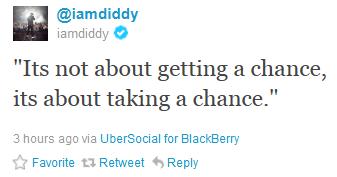



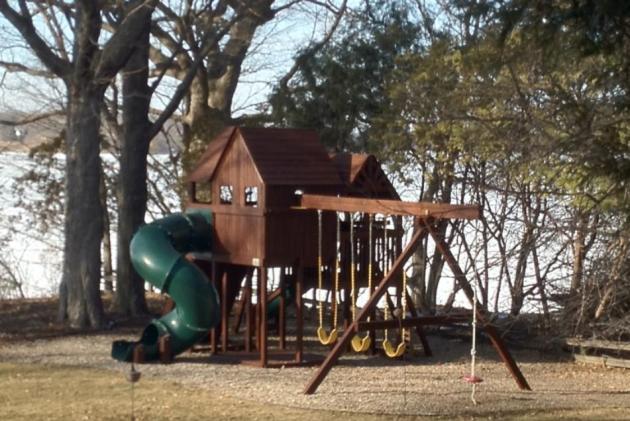

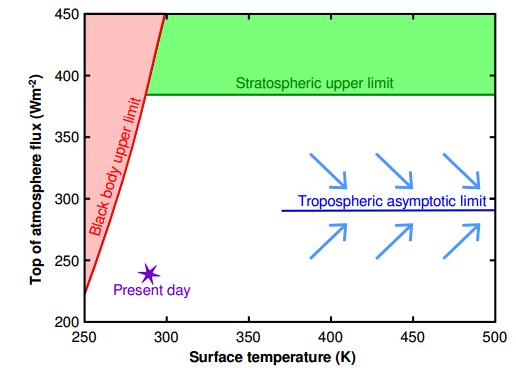


No comments:
Post a Comment